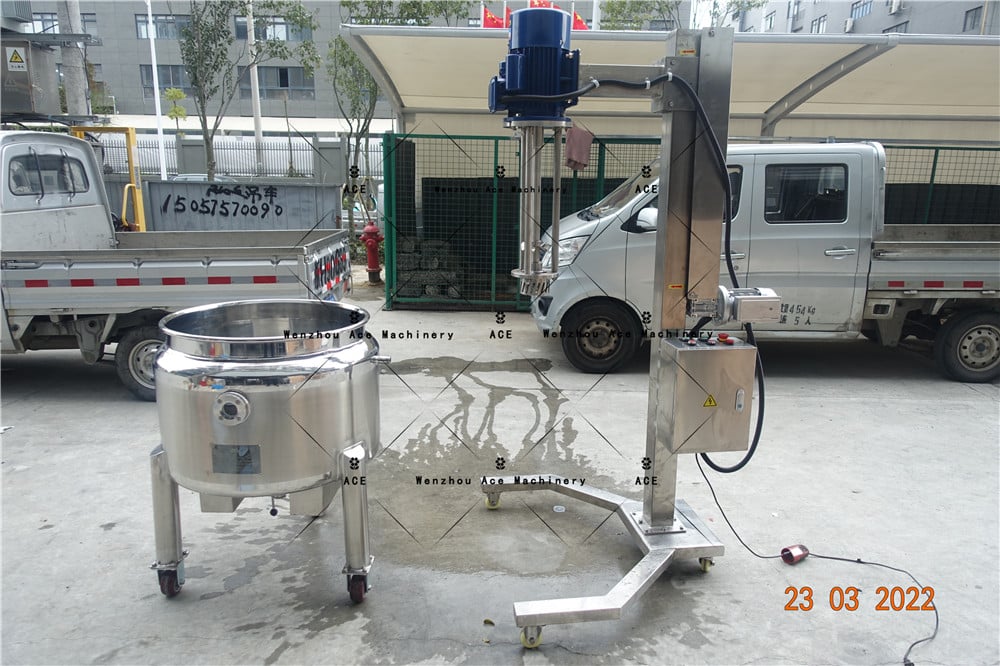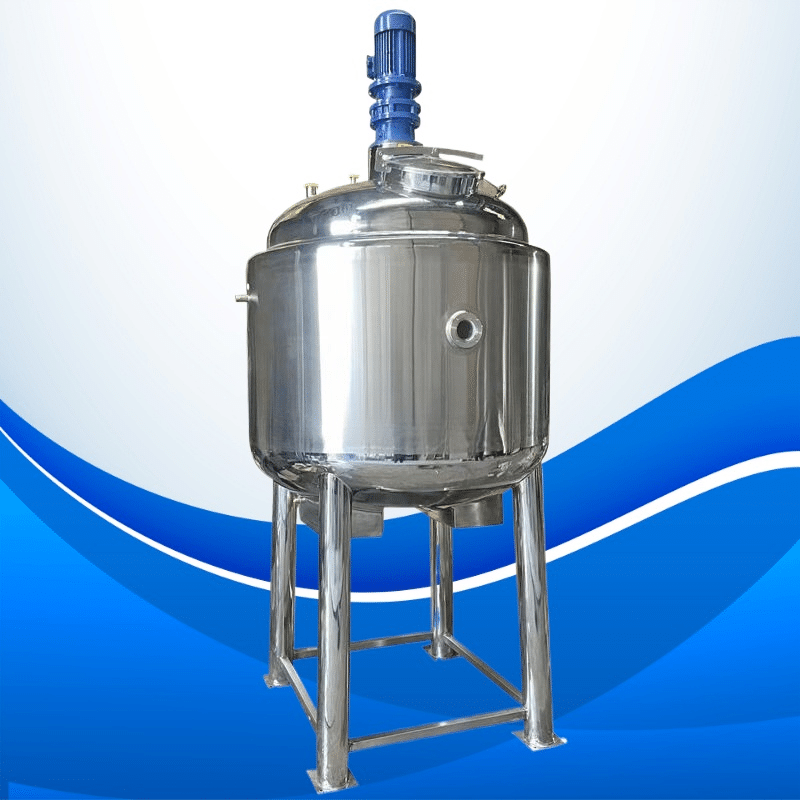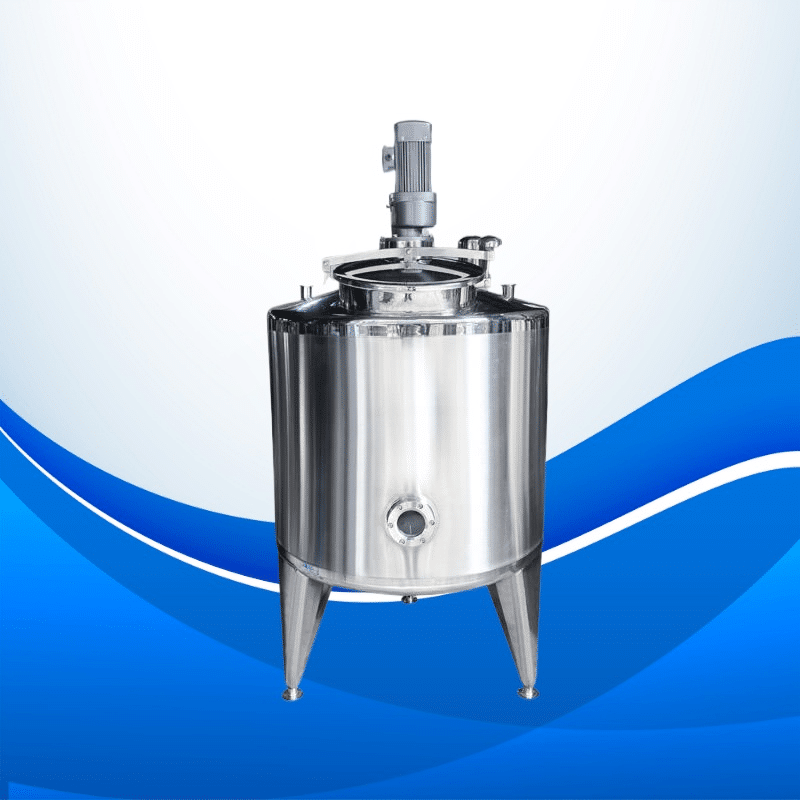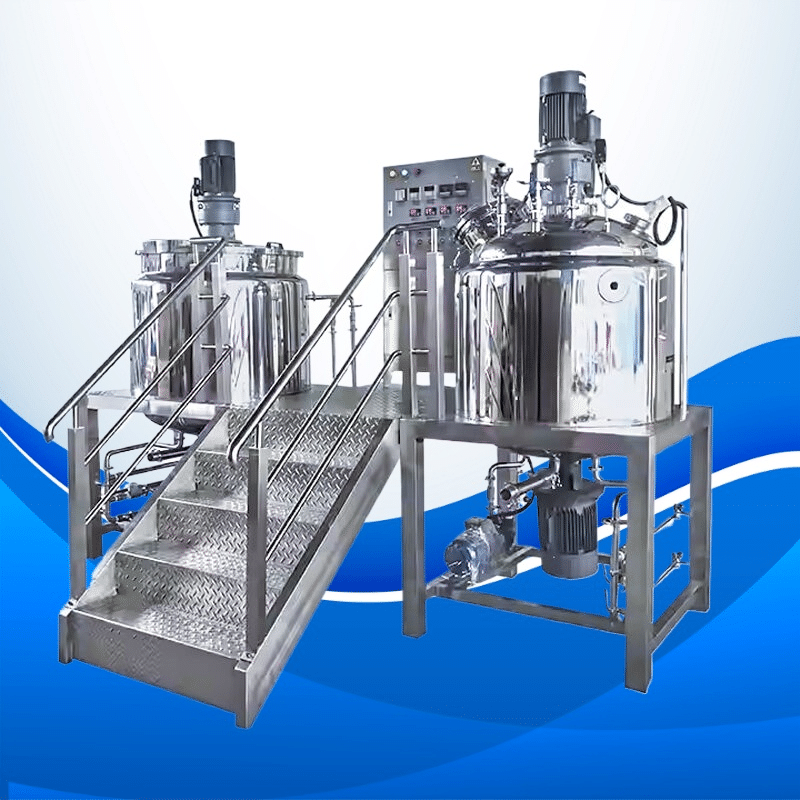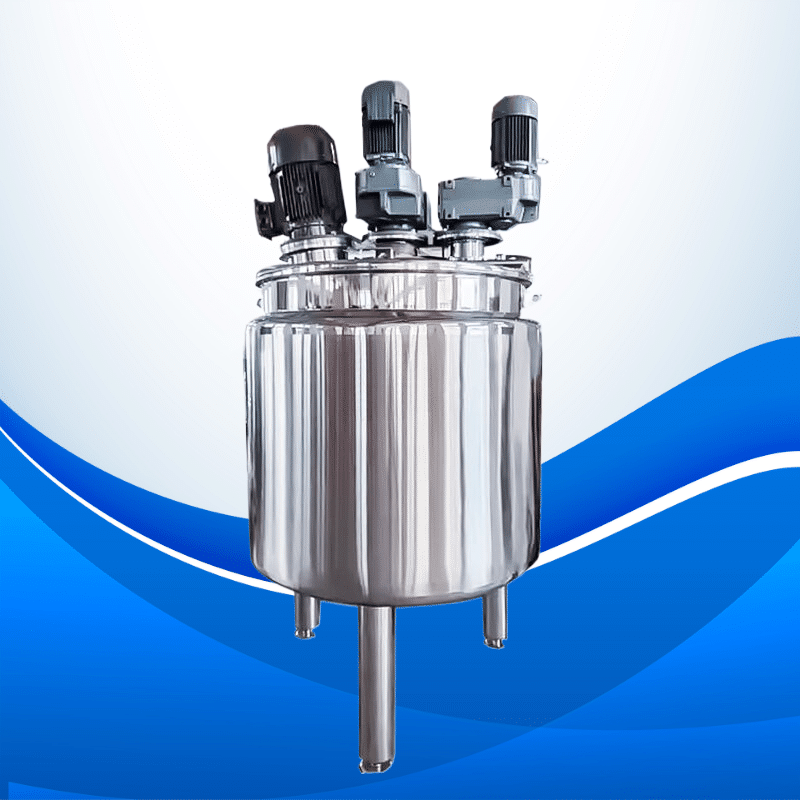In a wide range of industries, mixers are indispensable. They ensure that all the ingredients blend properly together, from bakeries to construction sites. The two popular types of mixers are planetary and drum mixers. Each has its own set of features and advantages. Knowing these disparities will help you find the right tool for your needs. This article will walk you through some key points about planetary mixer vs drum mixer comparison. Let’s get started with this mixing technology world!
Structure and Design
It is important to understand how machines are structured so as to make informed decisions. Now let’s delve into details about these two different kinds of mixers – their structure and design.
Planetary Mixer Structure

Planetary Mixer
Components of a Planetary Mixer
A unique design of a planetary mixer comprises several major components. The non-rotating bowl is one such component which securely holds the ingredients being mixed in place while they are thoroughly combined by means of a single powerful motor that drives them around it. This motor connects various attachments, thereby enabling them to perform different culinary tasks; such as paddles, whisks, or dough hooks among others depending on what you want done at any given time during the cooking process. These parts work together providing versatility in mixing.
Design Characteristics
Efficiency and flexibility are the main focus points when coming up with the design for any given thing including mixers like this one here under discussion. Its efficiency can be attributed to Sun-system movement during the mixing process which ensures uniformity due to the thoroughness achieved by each ingredient involved getting mixed evenly throughout the entire mixture within the shortest period possible hence saving more time needed for other things too besides just waiting till everything mixes uniformly without leaving even a single noticeable lump behind somewhere inside the container used; also speed control settings allow kneading dough, whipping up meringues, and blending batters among others.
How do Drum Mixers Work?
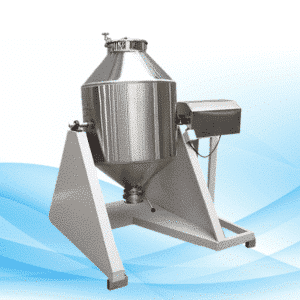
Drum Mixer
Mixing Mechanism
To mix materials, drum mixers use a rotating drum. Mixing is made possible by fixed blades located inside the drum. The drum spins around an axis which is horizontal so that the components are folded and intertwined as a result of this movement. Drum mixers have a high volume capacity for handling materials and are therefore useful in dealing with large quantities of substances at once. This makes them applicable only under certain conditions since their design is simple but efficient enough to suit particular needs. Additionally, heavy or coarse materials can be easily managed by these machines due to their great strength.
Benefits of Drum Mixing Process
There are some specific advantages associated with using drum mixers over other types of mixing equipment. Firstly, they support mass production because more output can be achieved within a short time frame, thus saving on the construction industry’s time factor mainly. In addition, this machine operates faster than any other mixer thereby increasing productivity levels especially when working under tight schedules where speed matters most such as during road repairs campaign periods. Secondly, uniformity throughout the whole batch being mixed is ensured by static blades thus enabling evenness in texture between different parts which make up one complete mixture batch made by these machines. Thirdly, they can handle tough material easily without breaking down frequently or wearing out quickly since it has strong design features. Fourthly, durability remains another good characteristic feature about them considering that they were designed for tough tasks like those found in building sites.
Application Scenarios
Ideal Uses for Planetary Mixers
Industries and Applications
Planetary mixers have diverse applications across many sectors because of their versatile nature, mostly appreciated in commercial kitchens where professional chefs work tirelessly day after day preparing meals for large numbers of people who require different types of food frequently throughout each given week. For example, the dough-making process used widely within hotel bakeries requires intense whipping cream creation together with sauce preparation hence the need arises to utilize planetary mixers. The food industry also benefits greatly from these mixers as they are time-efficient in terms of fast and even mixing of ingredients uniformly, thus making catering services provided by restaurants or any other place dealing with large-scale food production quite indispensable.
Pharmaceutical manufacturing companies find planetary mixers very useful due to the fact that they can be used for thorough blending powders together into creams easily without necessarily having separate machines which might take up more space within limited working areas where cleanliness levels have to remain high at all times. Chemical industries too use them because there is no better alternative capable of achieving the required product consistency than this particular type. Further still, such strong shearing effects produced during the process help a lot in attaining desired results when working on adhesives used during construction activities.
Specific Use Cases
There are various scenarios under which Planetary Mixers excel at performing specified tasks. Bakers, for instance, need to knead dough making breads, pastries, or cakes, therefore they would require something like a planetary mixer that has got powerful mixing action able to evenly distribute all through different parts involved in any given mixture irrespective of whether light or heavy ingredients were added. Chefs on their part might want to make meringue, so whipped cream could come in handy here too, especially if dealing with huge quantities needed within a short period, hence calling for a machine doing most of the work quickly. The pharmaceutical industry can benefit a lot from using such kinds of mixers since it facilitates uniformity in batches made during powder blending. Cosmetics manufacturers may opt for creating lotions and creams because the ability to handle viscosities proves invaluable, while chemical engineers mixing adhesives and sealants also find them beneficial.
Ideal Uses for Drum Mixers
Industries and Applications
Drum mixers find their greatest application in the construction industry, particularly when it comes to concrete production where large volumes have to be handled frequently on-site, thus eliminating transportation costs associated with ready-mixed trucks. This saves time as well since more can be batched at once, unlike using small portable devices which would require numerous trips back and forth between the work area and the supplier plant. Also, mining companies use them for processing ores and minerals due to the robustness exhibited by these machines towards such abrasive content. Besides this point, drum mixers are also suitable for making asphalt among other building materials because the durability factor is taken into consideration during the design process.
Specific Use Cases
Drum mixers are designed to be used under specific conditions, hence there being different types which can work effectively when subjected to certain environments or types of material being mixed. For example, in the construction industry, workers may need to mix concrete on-site, therefore rotating ensures that aggregates get well blended together with cement while at the same time ensuring consistency throughout the entire batch produced. Facilities involved in production should utilize blending equipment capable of handling high temperatures and heavy loads simultaneously so as to achieve desired results quickly, thus serving better especially where time-limited large-scale projects are concerned.
Mixing Performance
Performances of Blending Machines
Effectiveness and Consistency
Blenders with a planet-shaped blade are very efficient. This is because they ensure that the materials in the mixing bowl are mixed properly. In other words, it ensures even distribution of substances every time you use it. The shape also allows for reducing consumption of cement by industries concerned about such costs elsewhere as well. These devices are designed to work at slow speeds so as to cut down on noise pollution within working areas where they may be used, hence making them quite versatile too! It can handle different mixtures easily, thus being considered flexible among many others.
Disadvantages
Apart from being expensive when purchasing one initially, there might arise difficulties during maintenance procedures due to its having more parts than other mixers do. Nonetheless, this should not discourage us from taking care always since they need regular checking up just like any other machine for them to perform better always. Also, some businesses may find these machines unsuitable for their big operations, while others will have problems with capacities not meeting what is required by certain lines of production, thus limiting their usage further still!
Efficiency and Consistency in Drum Mixers’ Performances
Drum mixers were designed specifically for dealing with large volumes at once, which makes them perfect when it comes to efficiency matters concerning this kind of task or operation done frequently over time without interruption until completion. They feature a rotating drum that can accommodate more materials within its circumference, hence increasing productivity levels since one batch produces much compared to others where only small amounts get mixed every now and then, consequently wasting lots of energy besides requiring extra labour force too sometimes! Another advantage associated with the speed factor here is realized through fixed blades found along the outer surface area, ensuring uniformity all through such processes even if the input consists of tough components like stones.
Drawbacks
Small-scale enterprises could find the size not suitable, plus versatility being less compared against what planetary ones offer, while noise produced could exceed acceptable levels in certain quiet places or environments, thus limiting their applicability further still. Also, more parts may wear out quickly, thereby demanding frequent checks to keep it up working properly always, seeing that failure to check them regularly leads to a reduction in efficiency achieved thereafter.
Conclusion
Understanding the difference between planetary and drum mixers will enable you to make an informed choice. For example, if you want a mixer that can be used for culinary tasks efficiently, then go for planetary mixers, but on the other hand, if your aim is large-scale operations such as concrete production where speed matters most, then choose drum ones. Different types of mixers have distinct advantages, hence before making any decision, consider what exactly needs doing because the right selection guarantees good results just like proper ingredients do when preparing meals too!


